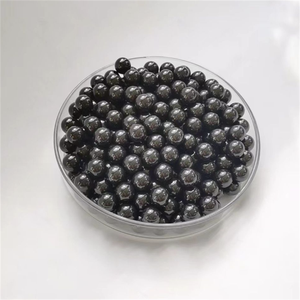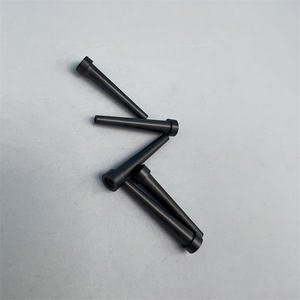Discover Premium Ceramic Products | Durability & Elegance United | Advanced Ceramics
PRODUCT PARAMETERS
Description
Overview of Silicon Carbide Ceramics
Silicon Carbide (SiC) ceramics are renowned for their outstanding mechanical properties, including high hardness, strength at elevated temperatures, and excellent thermal shock resistance. These materials are pivotal in cutting-edge industrial applications, from abrasives to aerospace components, due to their unique combination of properties.
Features of Silicon Carbide Ceramics
High Hardness: Exceptional wear resistance.
Thermal Shock Resistance: Can withstand rapid temperature changes.
Chemical Stability: Resistant to most chemicals.
High Thermal Conductivity: Efficient heat dissipation.
Low Density: Lightweight for its strength.
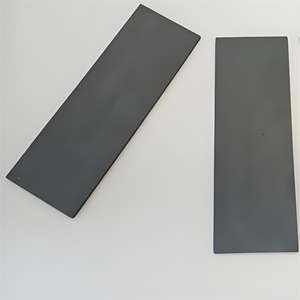
(1 15 30 50 60 80 100 and 120 Micron Pore Sizes Alumina and Silicon Carbide Porous Ceramics Plate Tube Disc Rod Ring)
Specification of 1 15 30 50 60 80 100 and 120 Micron Pore Sizes Alumina and Silicon Carbide Porous Ceramics Plate Tube Disc Rod Ring
Our product line includes porous ceramics made from alumina and silicon carbide. These products come in pore dimensions of 1, 15, 30, 50, 60, 80, 100, and 120 microns. They are readily available in forms like plates, tubes, discs, rods, and rings. The ceramics match applications calling for precise filtering, fluid circulation, or thermal monitoring.
Alumina porous ceramics use high chemical resistance. They take care of temperatures approximately 1600 ° C. Silicon carbide versions supply stronger mechanical security. They operate in harsher environments. Both materials maintain porosity throughout their frameworks. This ensures regular performance.
Pore dimensions from 1 to 120 microns meet diverse requirements. The 1-micron grade filters fine bits. The 15-30 micron variety balances flow rate and bit retention. Bigger pores (50-120 microns) permit quicker fluid flow. They suit gas diffusion or molten metal filtering.
Products come as plates, tubes, discs, poles, or rings. Plates and discs are made use of in purification systems. Tubes and rods match catalytic supports or sensors. Rings operate in pumps or seals. Custom-made shapes are readily available. Dimensions and thicknesses match specific requirements.
The porcelains withstand rust from acids, antacid, and solvents. They endure thermal shock. This makes them trustworthy in sectors like metallurgy, chemical processing, or power. Their open-cell framework continues to be secure under stress.
Alumina ceramics are lighter. They are suitable for applications needing reduced weight. Silicon carbide ceramics excel in abrasive setups. Both materials are electrically insulating. This includes versatility for digital or high-voltage uses.
Each item goes through top quality checks. Pore size distribution is evaluated for accuracy. Toughness and leaks in the structure are validated. This ensures conformity with commercial criteria.
These porcelains change typical materials like steel screens or polymer filters. They last much longer in extreme conditions. Upkeep requirements are reduced. Costs lower gradually because of sturdiness.
Industries making use of these items consist of aerospace, automotive, and water therapy. They are likewise applied in semiconductor production and environmental management. Custom-made pore dimensions or dimensions can be generated. This flexibility meets special project needs.
The ceramics are packaged securely. They ship globally. Technical assistance is available for product choice or troubleshooting. Examples can be provided for screening.
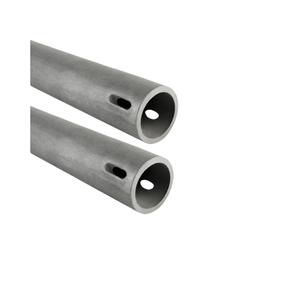
(1 15 30 50 60 80 100 and 120 Micron Pore Sizes Alumina and Silicon Carbide Porous Ceramics Plate Tube Disc Rod Ring)
Applications of 1 15 30 50 60 80 100 and 120 Micron Pore Sizes Alumina and Silicon Carbide Porous Ceramics Plate Tube Disc Rod Ring
Alumina and silicon carbide permeable ceramics been available in pore sizes from 1 to 120 microns. These products take care of heats, withstand chemicals, and remain strong under stress. They work in plates, tubes, discs, rods, and rings for various commercial usages.
1-micron pores filter little bits. Labs use them for exact splittings up. Medication manufacturers rely upon them for sterilized services. Electronics manufacturing facilities use them to clean gases.
15-30-micron pores catch medium-sized contaminations. Water treatment plants eliminate contaminants with these sizes. Chemical plants separate combined liquids. Food manufacturing facilities make clear juices and oils.
50-60-micron pores handle thicker materials. Oil and gas firms filter exploration muds. Automobile producers clean gas and lubricants. These sizes manage higher circulation rates without blocking.
80-100-micron pores manage rugged materials. Wastewater plants display huge particles. Steel processors record slag particles. Construction sites filter cement blends.
120-micron pores enable rapid circulation for heavy lots. Mining operations arrange minerals. Agriculture systems water while obstructing sediment. These porcelains endure abrasive conditions.
Discs and plates fit laboratory equipment and small filters. Tubes match flow systems in reactors or pipes. Rods and rings sustain frameworks in severe settings. Custom-made shapes fix details troubles.
Alumina withstands acids and warmth. Silicon carbide manages severe wear. Both materials last much longer than steel or plastic filters. They reduced downtime and maintenance costs.
Pore dimensions are adjustable. Manufacturers control density and toughness. Individuals choose the best balance between circulation rate and purification precision.
These porcelains operate in aerospace, energy, and ecological tasks. They meet rigorous requirements for pureness and safety. Their versatility makes them crucial in modern-day market.
Company Introduction
Advanced Ceramics founded on October 17, 2014, is a high-tech enterprise committed to the research and development, production, processing, sales and technical services of ceramic relative materials and products.. Since its establishment in 2014, the company has been committed to providing customers with the best products and services, and has become a leader in the industry through continuous technological innovation and strict quality management.
Our products includes but not limited to Silicon carbide ceramic products, Boron Carbide Ceramic Products, Boron Nitride Ceramic Products, Silicon Carbide Ceramic Products, Silicon Nitride Ceramic Products, Zirconium Dioxide Ceramic Products, Quartz Products, etc. Please feel free to contact us.(nanotrun@yahoo.com)

Payment Methods
T/T, Western Union, Paypal, Credit Card etc.
Shipment Methods
By air, by sea, by express, as customers request.

5 FAQs of 1 15 30 50 60 80 100 and 120 Micron Pore Sizes Alumina and Silicon Carbide Porous Ceramics Plate Tube Disc Rod Ring
What are common uses for 15-120 micron pore size alumina and silicon carbide porous ceramics? These ceramics filter liquids and gases in industries like pharmaceuticals, chemicals, and metal processing. Smaller pores (15-30 microns) remove fine particles from water or chemicals. Larger pores (60-120 microns) handle rough filtration for molten metals or air. Plates, tubes, discs, rods, and rings fit different equipment setups.
How does temperature resistance vary between alumina and silicon carbide porous ceramics? Silicon carbide handles higher temperatures. It works in environments up to 1600°C. Alumina works up to 1500°C. Both materials resist thermal shock. Silicon carbide suits applications like metal filtration. Alumina works well in chemical processing.
What makes alumina and silicon carbide porous ceramics different in chemical resistance? Alumina resists acids and alkalis better. It lasts longer in chemical filtration. Silicon carbide resists oxidation and corrosion. It performs better in high-temperature, abrasive settings. Choose alumina for harsh chemicals. Choose silicon carbide for heat and wear.
Can these porous ceramics be customized in shape and pore size? Yes. Plates, tubes, discs, rods, and rings are standard. Pore sizes from 15 to 120 microns are available. Custom shapes and pore distributions meet specific needs. Manufacturers adjust production methods for density and strength.
How do you clean and maintain alumina and silicon carbide porous ceramics? Clean with ultrasonic cleaners, acid washes, or alkaline solutions. Avoid mechanical scrubbing. It damages pore structures. Regular cleaning prevents clogging. Check for cracks or wear. Replace parts if performance drops. Proper care extends service life.
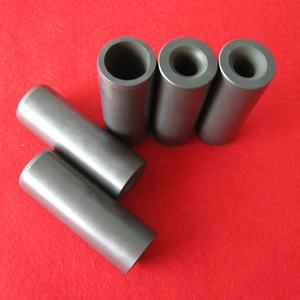
(1 15 30 50 60 80 100 and 120 Micron Pore Sizes Alumina and Silicon Carbide Porous Ceramics Plate Tube Disc Rod Ring)
REQUEST A QUOTE
RELATED PRODUCTS
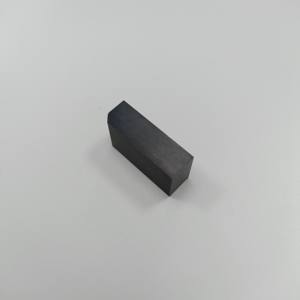
Refractory Silicon Nitride OBSiC Silicon Carbide Ceramic Plates SSIC DISC SiC Silicone Carbide Round Plates
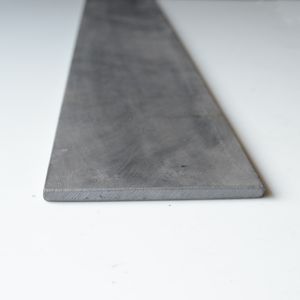
Tactical Equipment PE 3A Armored Panel Tactical Vest Insertion Plate 4IV Ceramic Plate Alumina Silicon Carbide
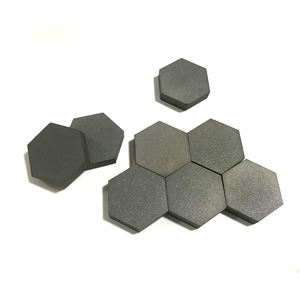
High Hardness Protective Various of Silicon Carbide SSiC Ceramic Tiles
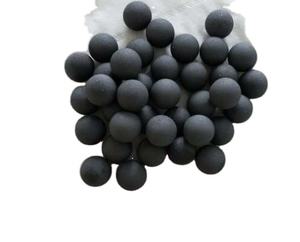
High Quality and High-temperature Resistant Silicon Carbide Ceramic Plate and Sic Plate
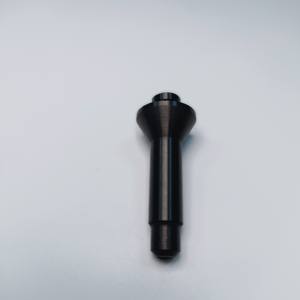
Silicon Carbide Ceramic Beam Used to Porcelain Tiles Plates Insulator Kiln
